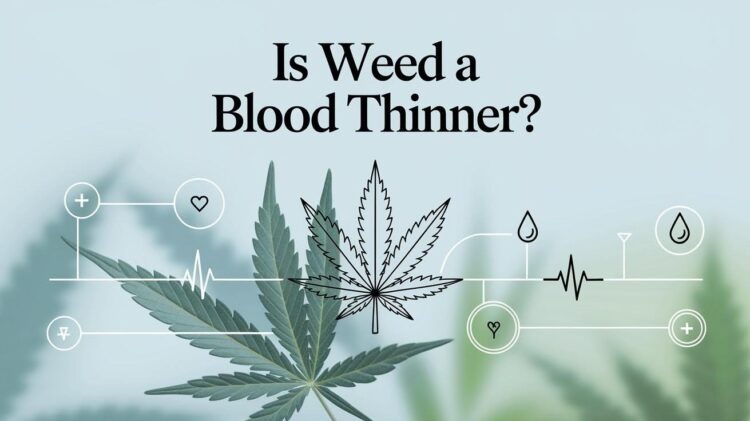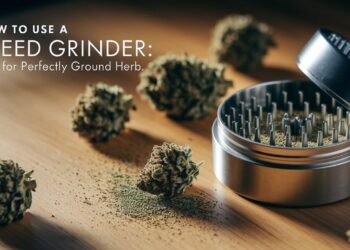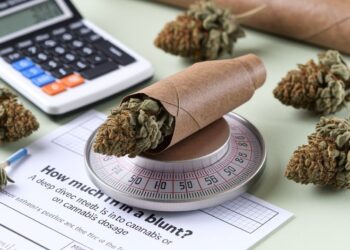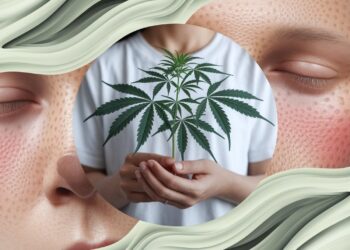If you’re trying to stay healthy while using cannabis, you’ve probably wondered about calories. It’s a smart question that many health-conscious users ask.
The short answer might surprise you. Raw weed does contain calories, but probably not in the way you think.
Here’s what makes this confusing: Your consumption method completely changes the calorie game. Smoking a joint is different from eating a pot brownie.
You deserve clear, fact-based answers. We’ve analyzed the research and broken down the numbers for each consumption method. No internet myths or guesswork here.
This guide covers the exact calorie content in raw cannabis, how smoking differs from edibles, the real impact on your daily intake, and surprising research about cannabis users and weight.
We’ve fact-checked every claim using published studies. You’ll get straight answers backed by science.
The Direct Answer: Does Raw Weed Have Calories?
Raw cannabis contains only 9 calories per gram (compared to 53 in an Oreo cookie), making its caloric impact negligible since nobody consumes the massive amounts needed to affect daily calorie intake or weight.
1. Calorie Content in Raw Cannabis Plant

Yes, weed does have calories. But the amount will probably surprise you. One gram of cannabis contains about 9 calories.
To put that in perspective, a single Oreo cookie has 53 calories. That’s six times more than a gram of weed.
If you consumed 100 grams of raw cannabis flower, you’d get roughly 200-400 calories. But here’s the thing – nobody eats that much raw weed.
The impact on your daily calorie intake is negligible. You’d need to consume massive amounts of raw cannabis to affect your weight. We’re talking about amounts that are practically impossible to eat.
Most users don’t worry about these plant calories because the numbers are so small compared to regular food.
2. Cannabis vs. Common Foods: Putting Numbers in Perspective
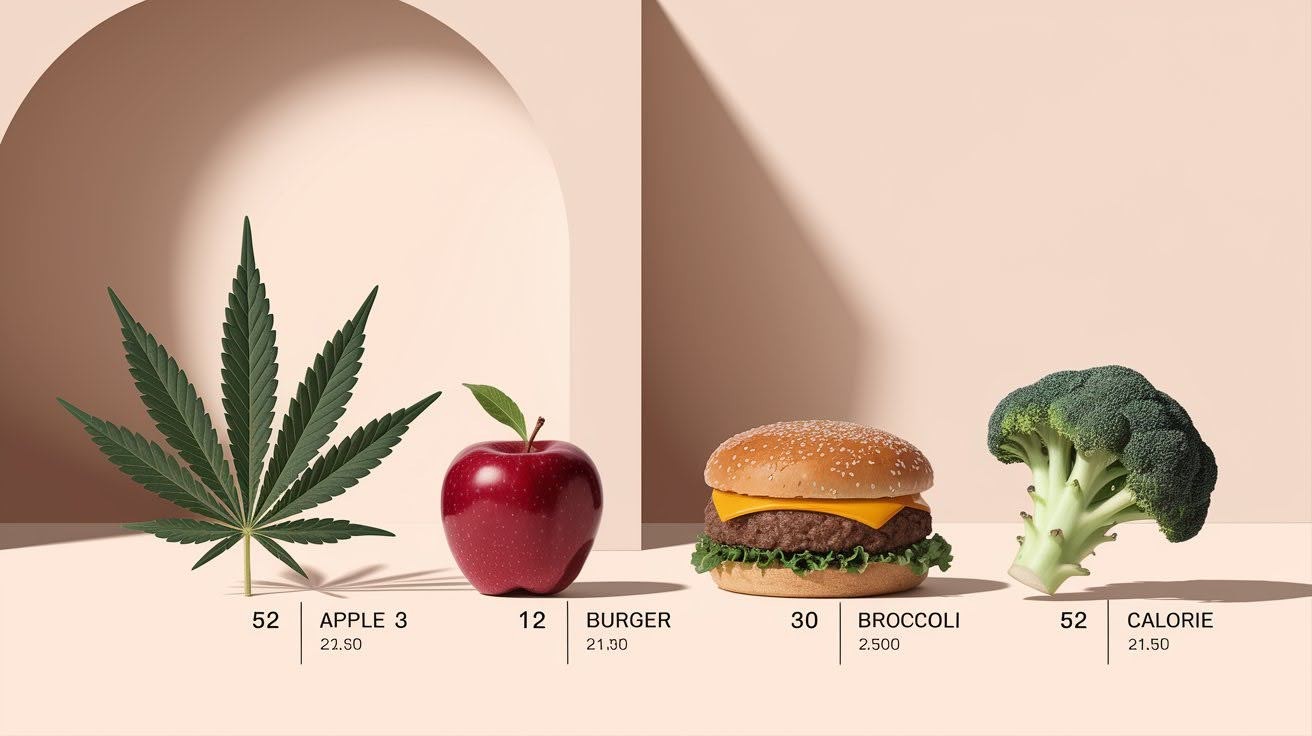
Let’s get real about these numbers. The calories in raw cannabis are minimal compared to what you eat daily.
To get 100 calories from raw cannabis, you’d need to eat about 11 grams of flower. That’s roughly the size of a large sandwich.
But you don’t eat raw cannabis like a salad. The way you consume it determines whether calories matter at all.
The focus should be on consumption methods rather than worrying about the plant’s natural calorie content. This is where the real calorie differences happen.
Consumption Methods and Their Caloric Impact
Smoking cannabis adds zero calories to your diet because you’re inhaling active compounds through combustion rather than consuming plant material, with no caloric transfer occurring through smoke inhalation.
1. Smoking Cannabis: Zero Calorie Consumption
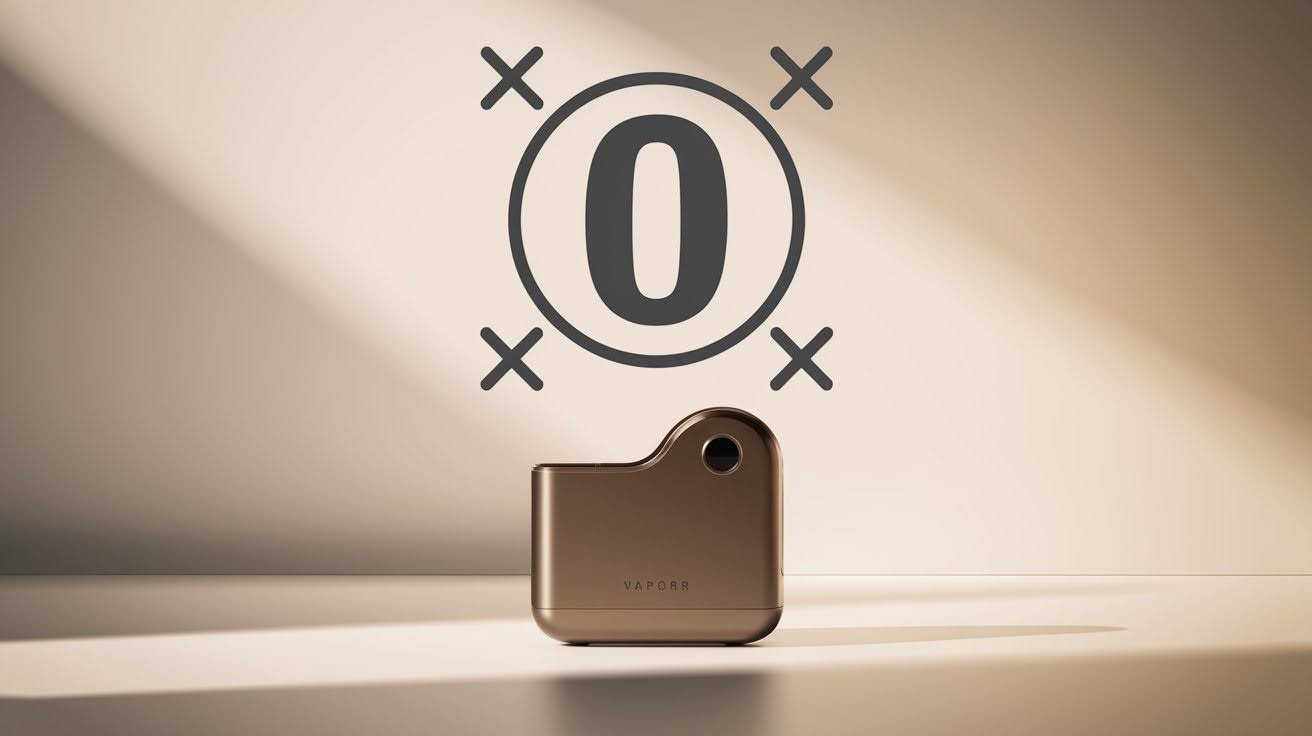
Here’s the straightforward answer: Smoking weed adds zero calories to your diet. When you light up, the heat activates THC through combustion.
You’re inhaling the active compounds, not eating the plant material. No plant matter enters your digestive system.
The smoke carries cannabinoids to your lungs, then into your bloodstream. There’s no caloric transfer through smoke inhalation. You’re getting the effects without any food energy.
The real concern isn’t direct calories but how smoking might affect your appetite later. That’s a different story entirely.
2. Vaping Cannabis: Also Calorie-Free
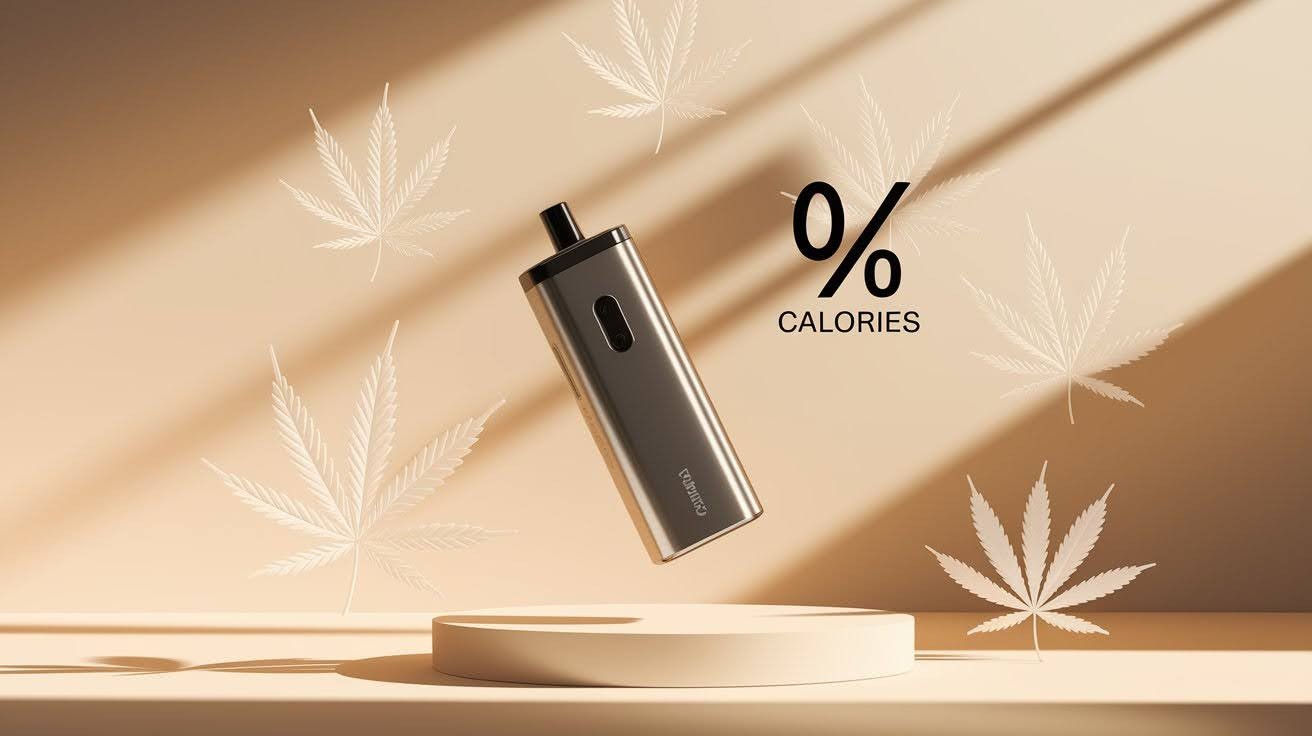
Vaping works similarly to smoking when it comes to calories – you consume zero. The device heats cannabis to release vapor without burning the plant material.
This is considered healthier than smoking because you avoid harmful smoke chemicals. Your caloric impact remains zero with vaping methods. No plant material gets consumed or digested.
Just like smoking, you’re focusing on active compound delivery rather than plant consumption. The vapor carries cannabinoids directly to your lungs.
Vaping gives you the same zero-calorie benefit as smoking but with potentially fewer health risks.
3. Tinctures: Minimal Caloric Impact
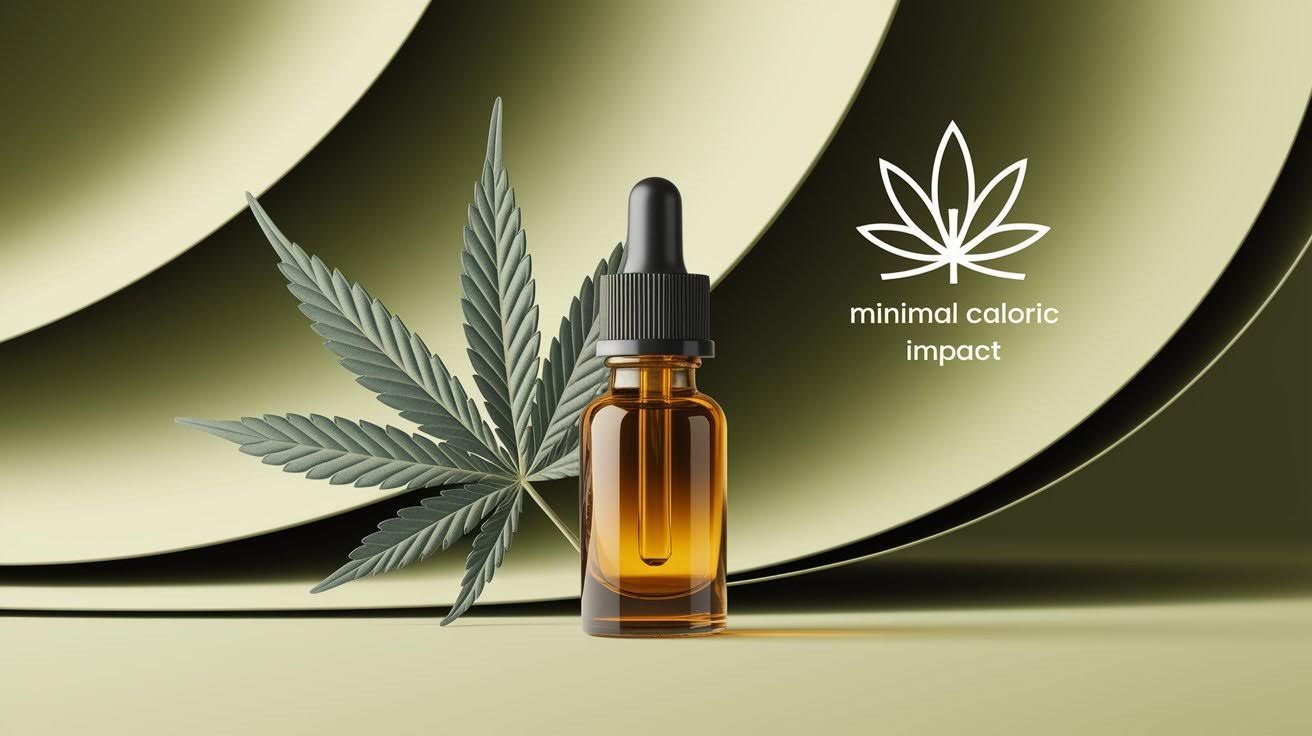
Tinctures are liquid cannabis extracts that you place under your tongue. The cannabinoids are absorbed through the mucous membranes in your mouth, bypassing your digestive system entirely.
Caloric content is negligible and won’t impact your daily intake significantly. Some carrier oils used in tinctures may contain small amounts of calories, but we’re talking about minimal numbers.
Many people prefer tinctures when avoiding unnecessary calorie consumption. You get precise dosing without any food-based calories. This method gives you control over both dosage and caloric intake.
Cannabis Edibles: Where Calories Matter
Cannabis edibles significantly impact daily calorie intake because the calories come from food ingredients like butter, sugar, and flour in the recipe rather than from the cannabis extract itself, requiring careful monitoring for regular users.
1. Understanding Edible Calorie Content

This is where you need to pay attention. Edibles can significantly impact your daily calorie intake.
Here’s the key insight: The calories don’t come from cannabis itself. They come from the food ingredients used in the recipe.
Cannabis-infused foods inherit calories from butter, sugar, flour, and other ingredients. The cannabis extract adds minimal calories compared to these base ingredients.
If you consume edibles regularly, you need to monitor your caloric intake carefully. These aren’t just medicine – they’re also food.
2. Specific Edible Types and Their Calorie Ranges
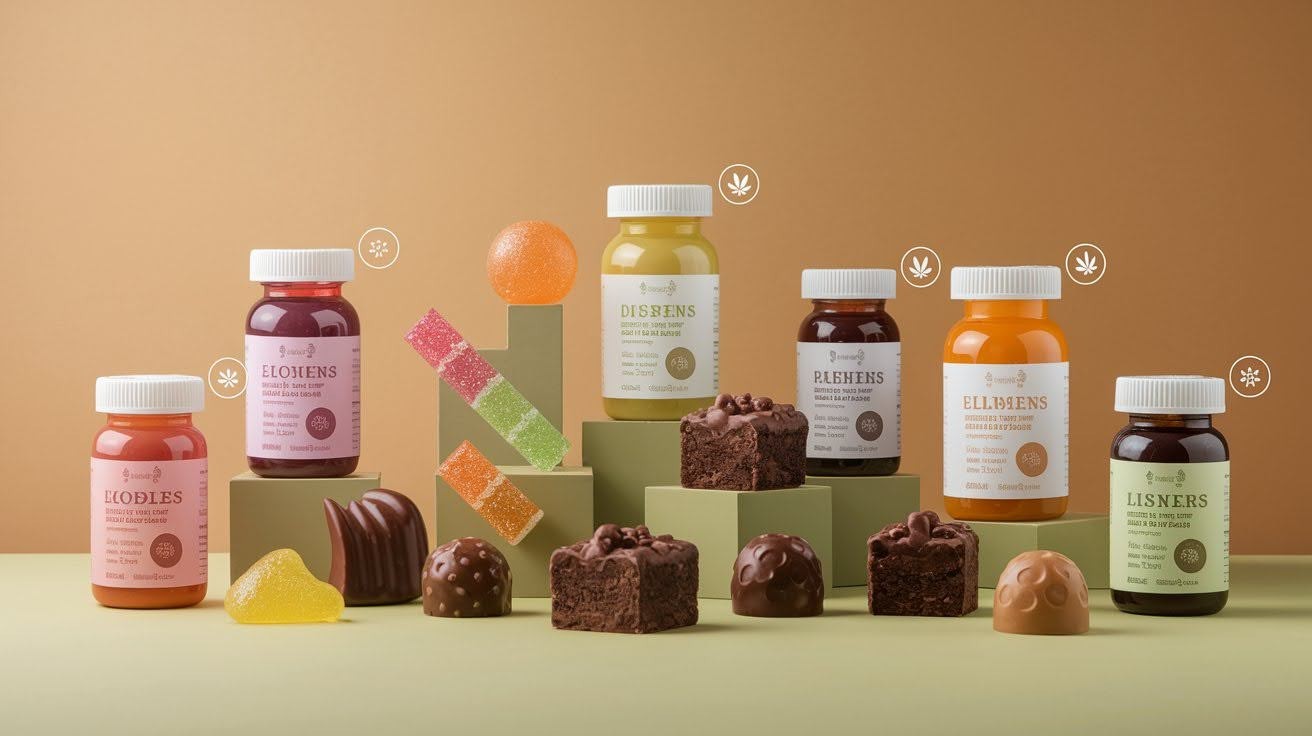
Chocolate brownies deliver the highest caloric impact among cannabis edibles, with single servings containing 200-500 calories from butter, sugar, flour, and chocolate components. \
A typical pot brownie can reach 400 calories, equivalent to a complete meal. Gummies and candies appear deceptively low-calorie but accumulate quickly.
Individual pieces contain 10-20 calories, while full servings range from 100-300 calories. Their small size makes overconsumption easy, with calories derived from sugars, gelatin, and flavorings.
THC beverages show significant variation, from light options at 50 calories to heavily flavored drinks exceeding 200 calories per serving. \
Cannabis-infused butter contains 100-120 calories per serving, while honey or syrup versions provide 60-70 calories each.
3. Factors Affecting Edible Calorie Content
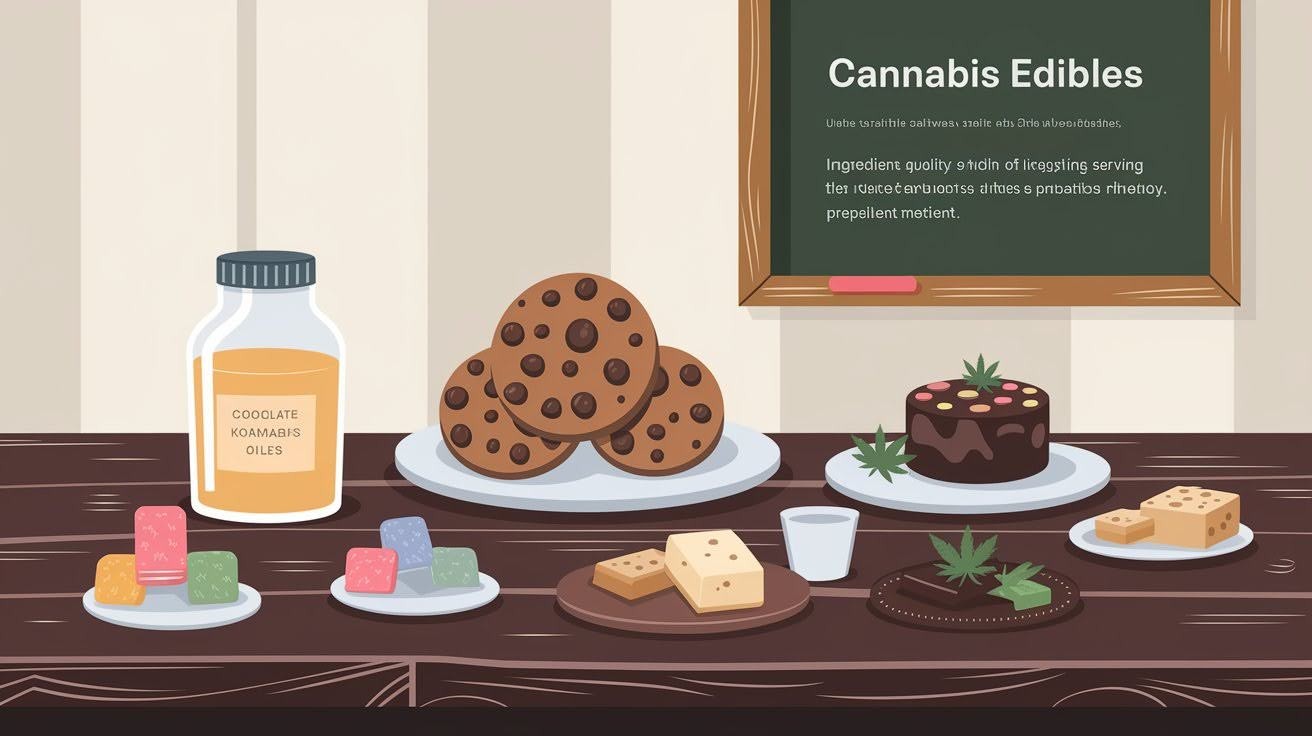
Brand differences matter significantly. The same type of edible can have vastly different calorie counts depending on the manufacturer.
Serving sizes aren’t standardized across products. One company’s “serving” might be twice the size of another’s.
Additional ingredients beyond cannabis extract drive up the calorie count. Premium edibles often use high-quality, high-calorie ingredients.
Always read nutrition labels before consuming any edible product. Don’t guess at the calorie content.
When in doubt, contact the manufacturer for accurate calorie information. Your health goals are worth the extra effort.
4. Hidden Calorie Risks in Edibles
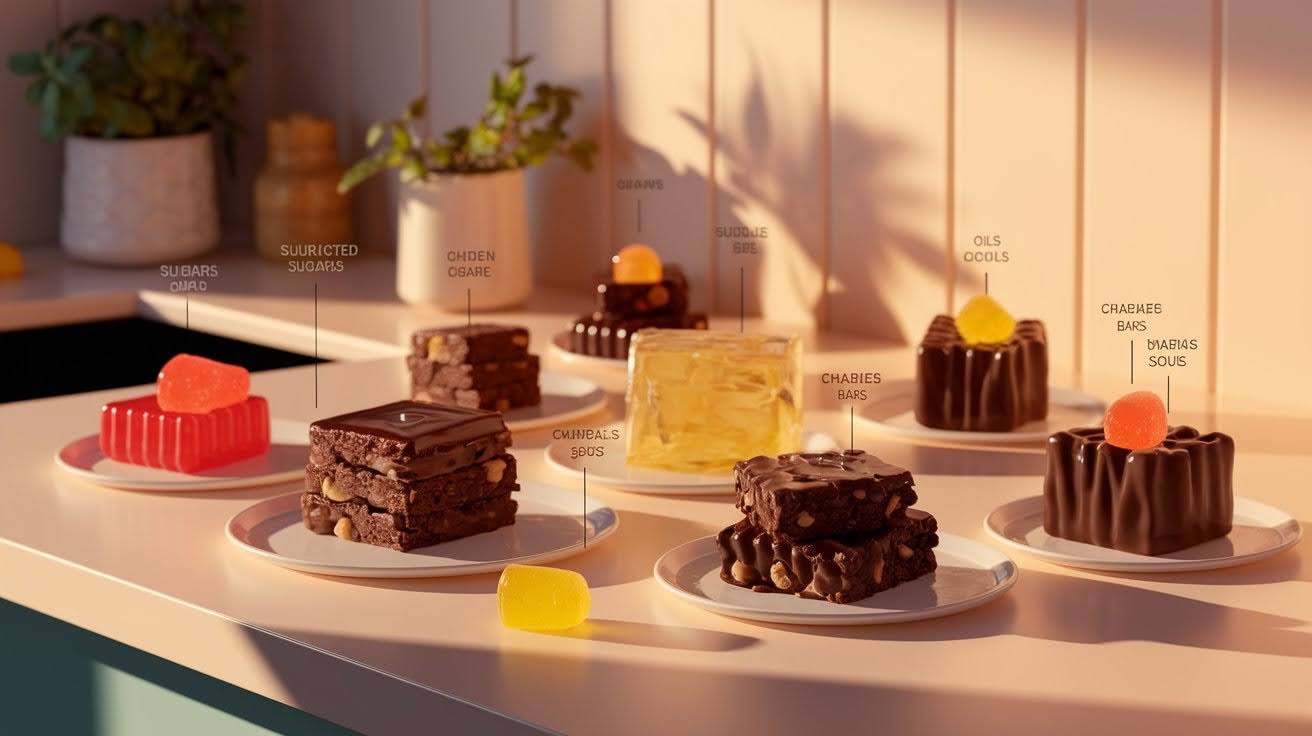
Calories can accumulate quickly from multiple servings without you realizing it. Delayed onset effects create a dangerous trap.
Edibles take 30 minutes to 2 hours to work, and many people consume more while waiting for the effects.
You might eat a second brownie, thinking the first one didn’t work, doubling your calorie intake unexpectedly.
This extended consumption period leads to unintentional calorie intake that can derail your dietary goals. The time gap between eating and feeling effects makes it easy to overconsume both cannabis and calories.
Conclusion
So, does weed have calories? Yes, but the answer depends entirely on how you consume it.
Raw cannabis contains about 9 calories per gram, but that’s practically meaningless. Smoking and vaping add zero calories to your diet.
The real calorie concern comes from edibles, which can pack 200-400 calories per serving from their food ingredients.
You now have the facts to make informed choices about your cannabis consumption and health goals. Whether you’re counting calories or just curious, you know exactly what to expect from each consumption method.
Found this helpful? Share it with fellow cannabis users who might be wondering the same thing, or drop a comment about your own experiences with edibles and calorie management.
Frequently Asked Questions
Does weed have calories?
Yes, raw cannabis contains approximately 9 calories per gram. However, this amount is negligible and won’t impact your daily calorie intake. The calories only become significant when cannabis is consumed in edible form, where the food ingredients add the bulk of the calories.
Do you consume calories when smoking weed?
No, smoking cannabis adds zero calories to your diet. When you smoke, you’re inhaling active compounds like THC and CBD through combustion, not consuming the plant material itself. The smoke carries cannabinoids to your lungs without any caloric transfer or digestion.
How many calories are in cannabis edibles?
Edible calories vary widely by product type. A pot brownie can contain 200-500 calories, while gummies have 10-20 calories each. The calories come primarily from food ingredients like butter, sugar, and flour, not from the cannabis extract itself.
Does vaping weed have calories?
No, vaping cannabis is calorie-free, just like smoking. Vaping heats the plant material to release vapor containing cannabinoids, which you inhale directly into your lungs. No plant matter is consumed or digested, so there’s no caloric intake from the vaping process.
Can cannabis edibles make you gain weight?
Cannabis edibles can contribute to weight gain if consumed regularly due to their high-calorie content from food ingredients. Additionally, THC can trigger “the munchies,” increasing appetite and leading to higher overall calorie consumption beyond just the edibles themselves.

